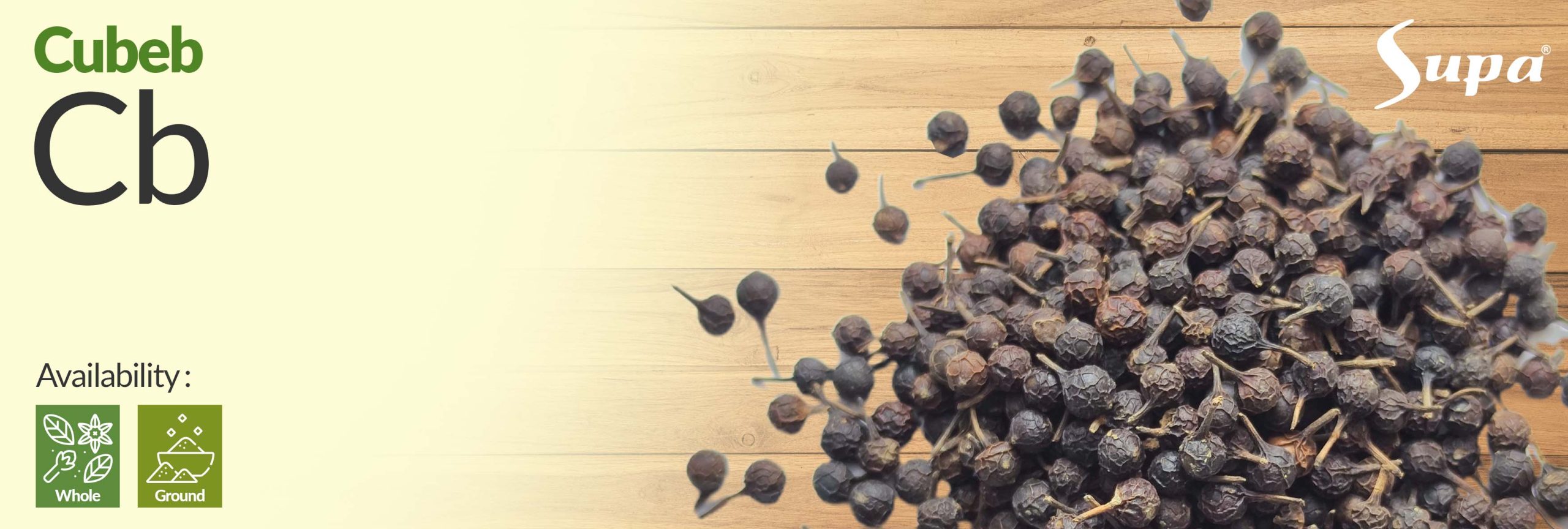
Cubeb, scientifically referred to as Piper cubeba, boasts a captivating history intertwined with the lush landscapes of Southeast Asia, particularly Indonesia and Malaysia. The plant’s dried berries, resembling small black peppers with distinctive tail-like stems, have enjoyed a multifaceted existence. Primarily celebrated as a spice, cubeb gained popularity in medieval European culinary traditions due to its intriguing blend of peppery and slightly piney flavors. This led to its inclusion in a plethora of dishes, imparting a unique taste that set it apart from other seasonings.
Beyond its culinary allure, cubeb played a role in traditional medicine across various cultures. Recognized for its potential medicinal properties, cubeb was often employed as a diuretic and anti-inflammatory remedy. Its versatile applications extended to addressing ailments like urinary issues and respiratory conditions. Although its prominence as a spice diminished over time, the plant’s historical significance and therapeutic potential have continued to captivate herbalists, scientists, and researchers seeking to unlock its hidden benefits.
As contemporary exploration delves into the realms of herbal remedies and global gastronomy, cubeb stands as a testament to the enduring interplay between culture, cuisine, and natural resources, showcasing its enduring legacy as both a captivating spice and a source of potential well-being.
Flavor: Cubeb has a distinctive and complex flavor profile. It is often described as being both peppery and slightly citrusy, with hints of pine and a mild camphor-like note. The flavor is more nuanced compared to standard black or white pepper, and it carries a pleasant balance between spiciness and citrusy freshness. Taste: The taste of cubeb is moderately spicy, similar to other types of pepper, but with additional layers of flavor complexity. The citrusy and piney undertones give it a refreshing aspect that sets it apart from traditional pepper varieties. The spiciness can be somewhat milder than black or white pepper, making it an intriguing alternative for those looking to explore new flavor dimensions. Aroma: The aroma of cubeb is distinct and often described as woody, slightly resinous, and with a hint of citrus. When crushed or ground, cubeb releases its essential oils, intensifying its aromatic characteristics. This aroma contributes to the overall sensory experience when using cubeb in cooking.
Culinary Spice: Cubeb berries are used as a spice in cooking, particularly in Indonesian and Middle Eastern cuisines. They have a unique flavor profile that is both peppery and slightly sweet, making them an interesting addition to dishes like curries, stews, and marinades. Flavoring in Beverages: Cubeb berries have been historically used to flavor beverages, including certain alcoholic drinks like gin and liqueurs. The aromatic and slightly spicy notes of cubeb can add complexity to cocktails and other beverages. Traditional Medicine: In some traditional medicine systems, cubeb has been used for its potential medicinal properties. It has been thought to have properties such as being an aphrodisiac, digestive aid, and remedy for respiratory issues. However, scientific research on these claims is limited. Aromatherapy: The essential oil derived from cubeb berries has a distinct aroma that can be used in aromatherapy. It is believed to have properties that promote relaxation and stress relief, though its use in this context is less common compared to other essential oils. Alternative to Black Pepper: Cubeb berries were historically used as an alternative to black pepper in certain regions. The unique flavor of cubeb provides an alternative option for seasoning foods and can add a different dimension to dishes that typically use black pepper.
Origin : Indonesia Botanical Name : Piper cubeba Composition : Cubeb Color : Black Moisture Content : Max 12% Shelf Life : 12 Months Loadability : 20 FCL Package : Carton Packing *For more detailed specifications, please feel free to contact us.
Company Profile Brochure PDF


